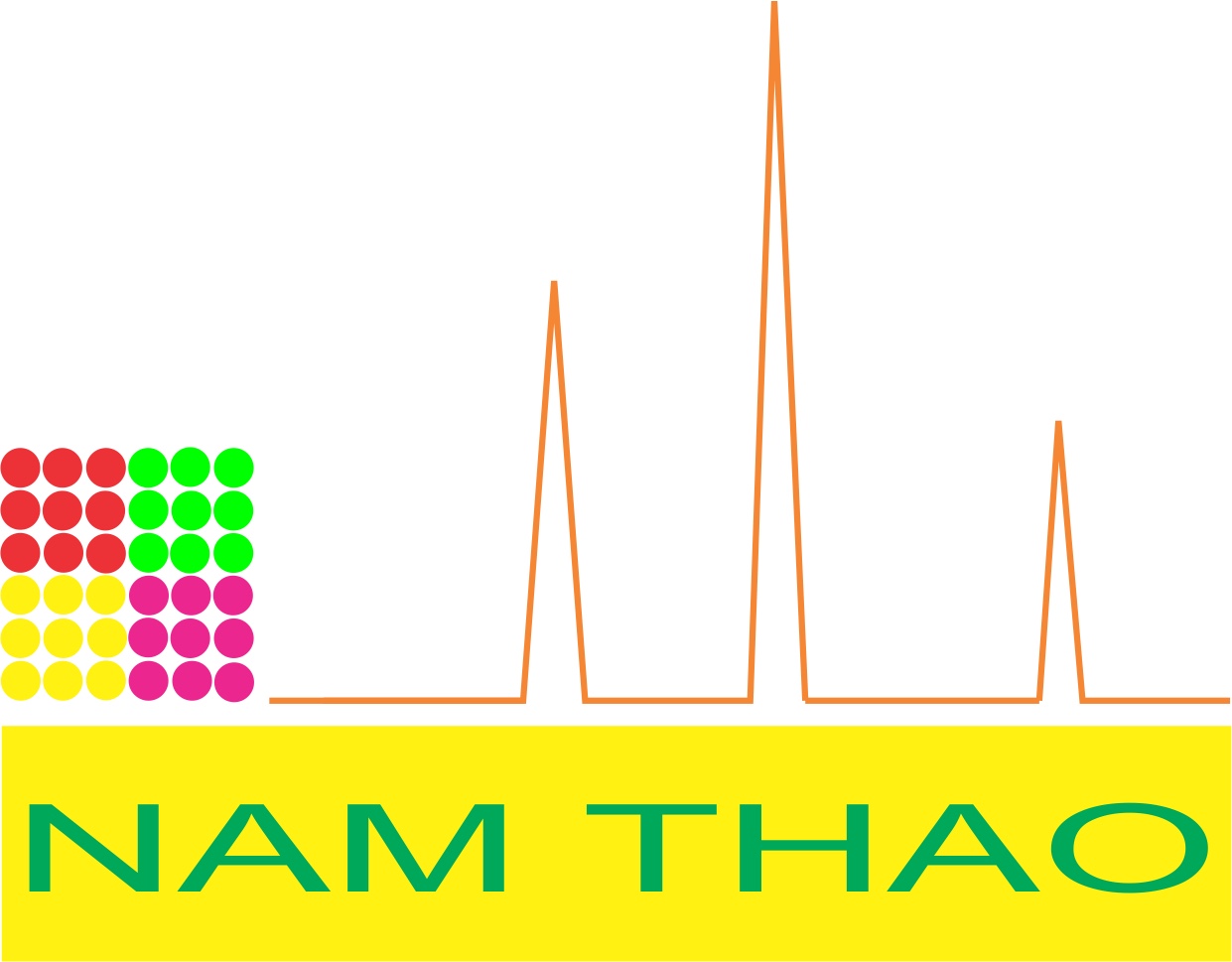 |
Photochemical reactor for the derivatization of aflatoxins
|
The aflatoxins B1 and G1 are thereby hydroxylated and can then also be measured by fluorescence spectrometry. The sensitivity of the measurement increases significantly.
The decisive advantage when using the UVE compared to electrochemical bromination: The water present in the eluent is used as a reagent, neither iodine nor HNO 3 / KBr are required. In addition, the detector does not become dirty and there is no fluctuation in derivatization. The method is accepted by the AOAC, is successfully used in proficiency testing and is used in accredited laboratories worldwide.

Without UVE |

With UVE: high signal intensities |
LCTech UVE compact
- The UV lamp is designed to operate for several thousand hours.
- No toxic reagents necessary because water serves as the reagent.
- Increase in the fluorescence of the aflatoxins B1 and G1 by UV light.
- Equivalent to the Cobra cell, but no reagents required.
- Can be used with any HPLC
- The HPLC system remains clean and can be used for other methods immediately; no more expensive rinsing.
- Simple plug & play installation: connect UVE to HPLC and detector and switch on; the device is ready for operation. Handy device: 15 cm wide, 9 cm high, 27 cm deep
- Various safety devices
- Inexpensive and low maintenance
- European CE certificate and DIN ISO certified
Simple and effective
The UVE derivatization module enables the analysis of aflatoxins in the simplest way with HPLC. The reaction is a simple derivatization from B1 to B2a.

The application is uncomplicated and done in just a few simple steps: integrate UVE between the HPLC and the fluorescence detector, switch on the device, done.
| Until now, reagents for derivatization had to be added, the photochemical reactor uses the HPLC eluent for this. The HPLC system remains clean and can be used for other methods immediately. Annoying and long rinsing of the system is eliminated.
The confirmation analysis of the aflatoxins B1 and G1 can be carried out by switching off the system without shifting the retention times. The system is extremely robust and durable. |
 |
credentials
Muscarella, M. et al., Food Additives and Contaminants, Vol. 26, No. 10, October 2009, 1402-1410, Validation of a confirmatory analytical method for the determination of aflatoxins B1, B2, G1 and G2 in foods and feed materials by HPLC with on-line photochemical derivatization and fluorescence detection
